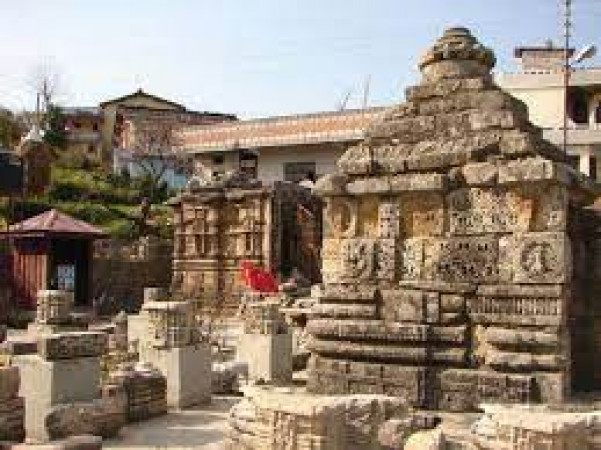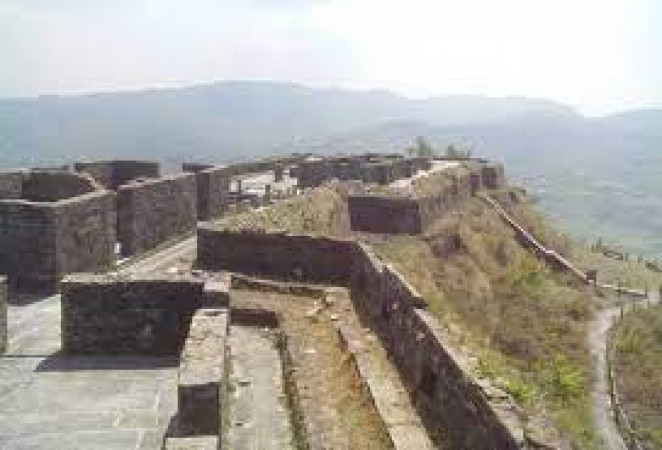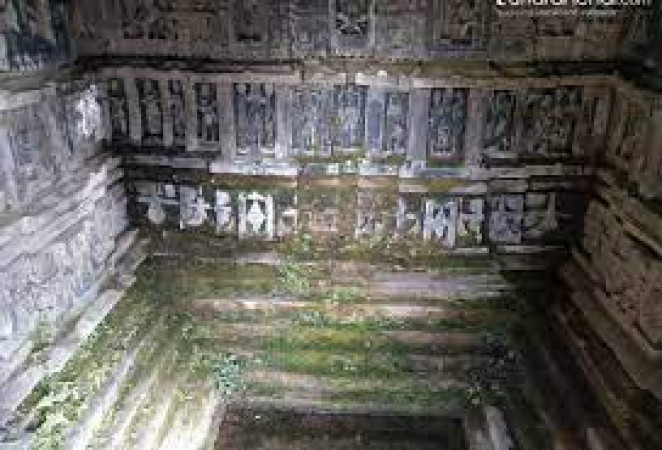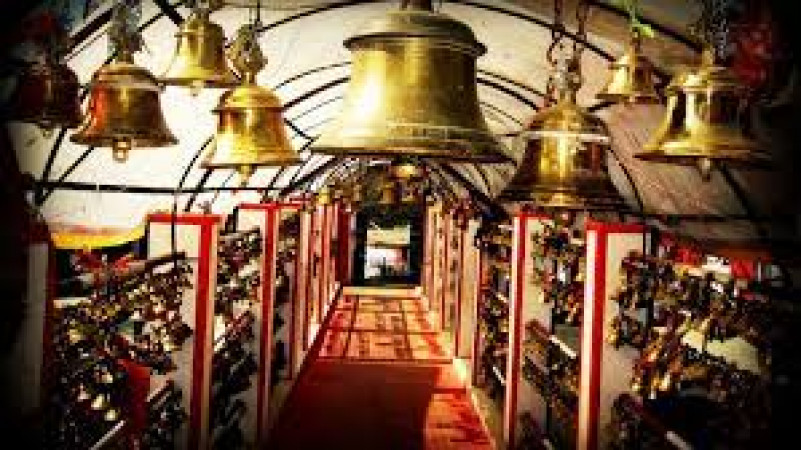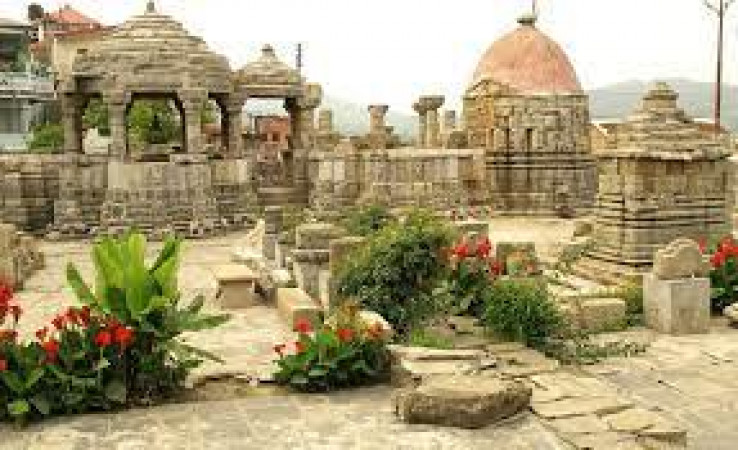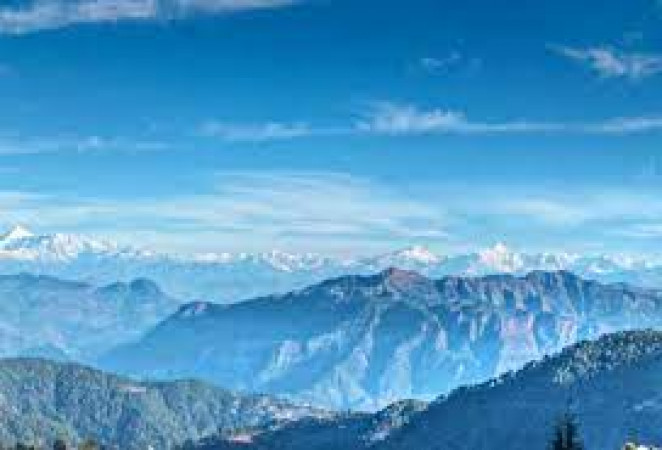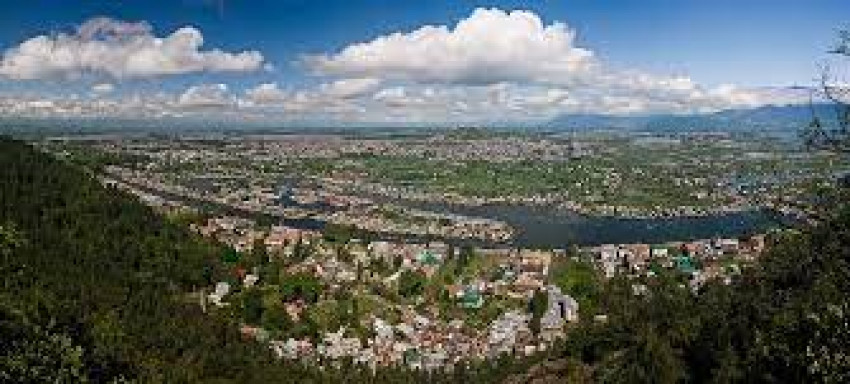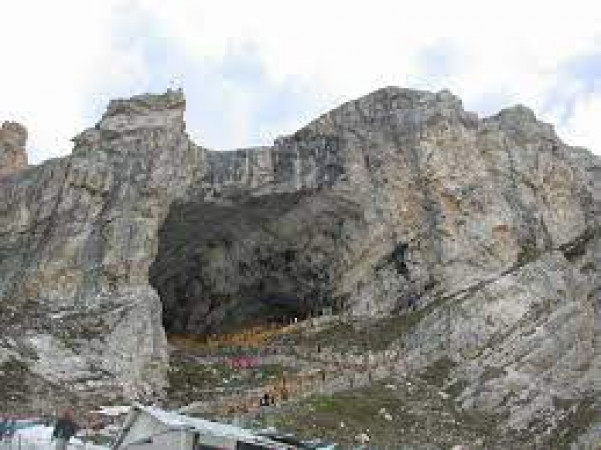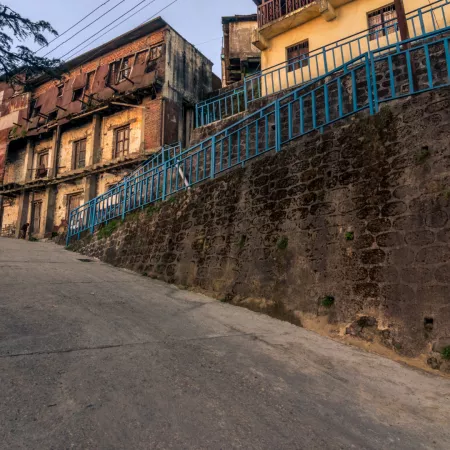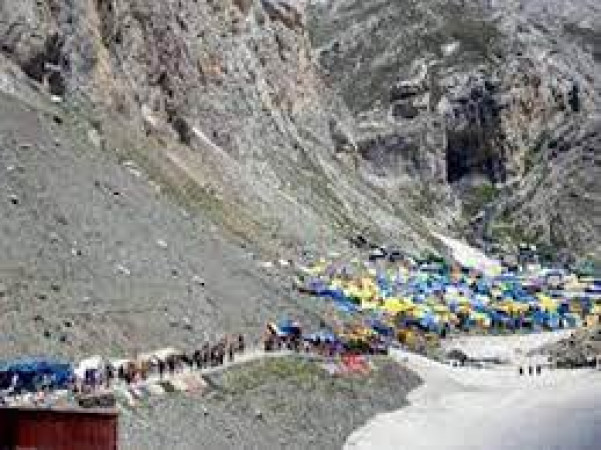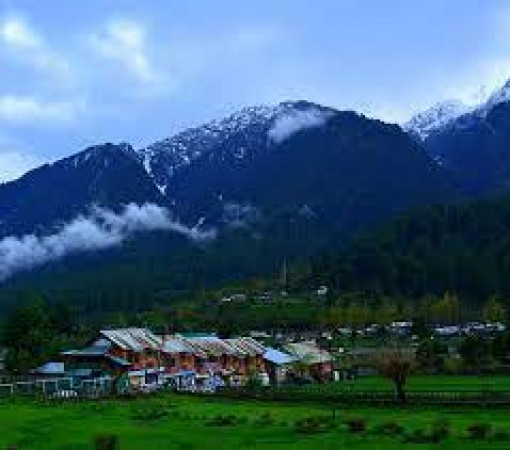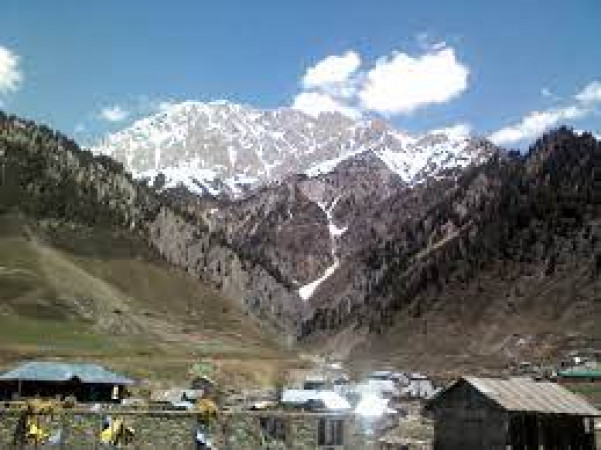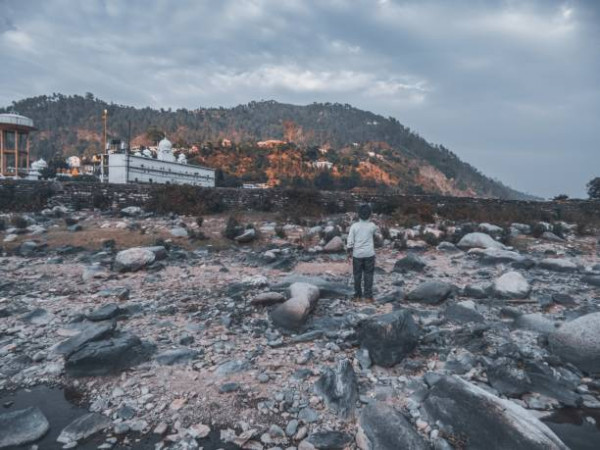
Champawat
Package
6500 to 8500
6500 to 8500
Duration
2 to 4 Days
2 to 4 Days
Best time to visit
Mar-Jun, Sep-Nov
Mar-Jun, Sep-Nov
Theme
Hill Station, Adventure, Wildlife
Hill Station, Adventure, Wildlife
Champawat Travel Guide
Champawat, a hidden gem in the Indian state of Uttarakhand, is a quaint town with a rich historical significance. Nestled in the Himalayan foothills, Champawat is known for its ancient temples, serene natural beauty, and cultural heritage. The town was once the capital of the Chand dynasty and holds a prominent place in Kumaon history. Travelers flock to Champawat to explore its unspoiled landscapes, religious sites, and unique local culture.Top Attractions in Champawat
1. Baleshwar Temple 2. Kranteshwar Mahadev Temple 3. Mayawati Ashram 4. Abbott Mount 5. Patal RudreshwarChampawat is Famous for
Its ancient temples and stunning Himalayan views.Top Attractions in Champawat
- Baleshwar Temple - Kranteshwar Mahadev Temple - Mayawati Ashram - Abbott Mount - Patal RudreshwarWhat's Great about Travelling to Champawat?
- Peaceful and serene environment - Rich historical and cultural heritage - Ideal for nature lovers and spiritual seekersWhat's Not So Great about Travelling Champawat?
- Limited accommodation options - Challenging terrain for elderly or physically challenged individualsTravel Tips for Champawat
- Carry sufficient warm clothing, especially during winters - Respect the local customs and traditions - Plan your transportation in advance, as connectivity can be limitedImportant Champawat trip information
- Ideal Duration: 2-3 days to explore the main attractions.
- Best Time to Visit: March to June and September to November for pleasant weather.
- Nearby Airports and Railway Stations: The nearest airport is Pantnagar Airport (160 km) and Kathgodam Railway Station (75 km).
Top 7 Places to visit in Champawat
FAQ's on Champawat
Q1: What is the best time to visit Champawat?
The best time to visit Champawat is during the months of March to June and September to November. These months offer pleasant weather for exploring the region, with clear skies and comfortable temperatures. Avoid the monsoon season from July to August, as heavy rainfall can disrupt travel plans and activities. Winter months from December to February can be cold, especially in higher elevations, but offer unique experiences for those interested in snowfall and winter sports. Consider visiting during local festivals like Navratri in October for a cultural experience.
Q2: Do I need a visa to travel to Champawat?
Travelers to Champawat will need a valid Indian visa to enter the country. Depending on your nationality, you may be eligible for an e-Visa or need to apply for a traditional visa through the Indian embassy or consulate. Make sure to check the visa requirements well in advance of your trip to Champawat. Some nationalities may be exempt from visa requirements or have special visa-on-arrival arrangements. It is important to have all necessary documentation and comply with visa regulations to ensure a smooth entry into Champawat.
Q3: What are the must-visit attractions in Champawat?
Champawat offers a range of attractions for travelers to explore. Some of the must-visit places include the Baleshwar Temple, known for its intricate architecture and religious significance. The Abbot Mount, with its panoramic views of the Himalayas, is a serene retreat for nature lovers. Visit the Kranteshwar Temple for its historical importance and peaceful surroundings. Wildlife enthusiasts can explore the Champawat Wildlife Sanctuary, home to diverse flora and fauna. For a cultural experience, don't miss the Mayawati Ashram, a spiritual center with beautiful gardens. These attractions offer a glimpse into Champawat's rich history, natural beauty, and spiritual heritage.
Q4: Is Champawat a safe place to travel?
Champawat is generally a safe destination for travelers. However, like any other place, it is advisable to take precautions and be aware of your surroundings. Avoid isolated areas, especially at night, and keep your belongings secure. While the local population is friendly and welcoming, it is recommended to respect local customs and traditions. Stay informed about any travel advisories or local regulations that may affect your visit. By exercising common sense and following basic safety guidelines, you can have a pleasant and secure travel experience in Champawat.
Q5: What is the local currency in Champawat and can I use credit cards?
The local currency in Champawat is the Indian Rupee (INR). It is advisable to carry sufficient cash for your expenses, as credit card acceptance may be limited, especially in rural areas. ATMs are available in larger towns like Champawat, but it's recommended to have cash on hand for smaller establishments or remote locations. Inform your bank about your travel plans to ensure seamless card transactions abroad. Money exchange services may also be available at airports or major cities for your convenience.
Q6: What is the local cuisine like in Champawat?
Champawat offers a delightful culinary experience for visitors. The local cuisine is influenced by Kumaoni and Garhwali flavors, with dishes like Aloo Ke Gutke (potato stir-fry), Gahat Ki Daal (horse gram lentil), and Bhang Ki Chutney (hemp seed chutney) being popular choices. Try local delicacies such as Singal, a sweet fried dish, and Bal Mithai, a traditional dessert made with khoya and coated in sugar balls. Food in Champawat is often prepared using locally sourced ingredients, highlighting the freshness and authenticity of the region. Vegetarian options are widely available, reflecting the cultural preferences of the area. Embrace the flavors of Champawat by indulging in traditional dishes and exploring local eateries.
Q7: What transportation options are available in Champawat?
Champawat offers various transportation options for travelers to navigate the region. Public transport, including buses and shared taxis, connects major towns and attractions within Champawat. Private taxis and rental cars are also available for more flexibility and convenience in exploring the area. Hiring a local guide or driver can enhance your travel experience and provide insights into the culture and history of Champawat. Additionally, auto-rickshaws and cycle rickshaws are common modes of transport for short distances within towns. While road conditions may vary, especially in hilly terrain, traveling by car or taxi can offer picturesque views of the Himalayan landscape. Plan your transportation based on your itinerary and comfort preferences to make the most of your visit to Champawat.
Q8: Are there any cultural norms or etiquette I should be aware of when visiting Champawat?
When visiting Champawat, it is important to respect local customs and traditions to have a meaningful cultural experience. Greeting people with a "Namaste" and showing courtesy in interactions is appreciated. Dress modestly when visiting religious sites or rural areas, as conservative attire is respected in Champawat. Avoid public displays of affection, as these may be considered inappropriate in traditional settings. Seek permission before taking photographs of locals or at cultural events to show respect for privacy. Participate in local festivals and celebrations with an open mind and learn about the rich heritage of Champawat. By being mindful of cultural norms and etiquette, you can create positive connections with the local community and enrich your travel experience in Champawat.
Q9: I am a travel agent. How can I buy travel leads of Champawat?
Register yourself as a travel agent at agents.tripclap.com and then you can buy travel leads to Champawat once your account is approved. For more details contact our support team at +91-8069186564 or support@tripclap.com
